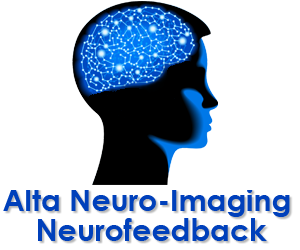ADHD (ADD) is an abbreviation for Attention Deficit Hyperactivity Disorder. There is some confusion with the initials and names used for this disorder. ADHD actually means Attention Deficit, with or without Hyperactivity, Disorder. Some people think that attention and hyperactivity (and/or impulsivity) need to be present in order for the disorder to be there, and this is a mistake. There are actually three sub-types of this disorder: Primarily Inattentive, Hyperactive-Impulsive (either or both), and the Combined Type (all three). When speaking with true professionals who specialize in this disorder, these misconceptions and misunderstandings should not be a problem.
ADHD is one of the most common childhood behavior disorders. Of all children referred to mental health professionals, about 35% are referred for ADHD – more than any other condition. It is estimated that approximately 9% of all children are troubled with this disorder.
The first step to take in determining if this disorder is present is to do the proper testing, usually, once again, by an independent professional. Frequently, it is very unfortunate that medication and treatment are prescribed based solely on a parent’s or anothers opinion or observation. While these may be well intentioned, they are usually not based on the proper criteria or knowledge. In the cases where testing is actually being done, it is based largely only on symptoms. While symptoms are important, and indeed are the true “real world” problems, there are other causes than ADHD that can bring about ADHD-like symptoms. The only way to determine if ADHD is truly present, in conjunction with the symptoms, is to look at the organ in question, which in this case is the brain. This is done through brain monitoring (EEG analysis), which is a painless non-invasive test. This is the only objective way to determine if the disorder is present.
There are basically three forms of treatment. Therapy or cognitive-behavioral treatment: These forms of treatment mostly offer support in learning to live with the disorder. Since ADHD is a neurological disorder, and not an emotional or psychologically based problem, these treatment options are quite limited in treating the disorder. Medication: Usually effective in treating the disorder, however, there are frequently unwanted side effects, and, since the medication is only effective while it is in the bloodstream, the medication needs to be taken for life. Neurofeedback : An effective, side-effect free treatment in which the child retrains the underlying mechanisms that cause the disorder. Once treatment is complete, no further sessions are necessary.
Many parents avoid testing and/or treatment for ADHD because they understandably fear the side-effects and need for lifetime use of what they mistakenly think is the only remedy to the problem, medication. There is, fortunately, an alternative to this scenario. Neurofeedback is a proven, painless, and effective solution to the problem of ADHD,which opens for the person the opportunities they deserve for a lifetime of learning, growing, and relating well with others.



